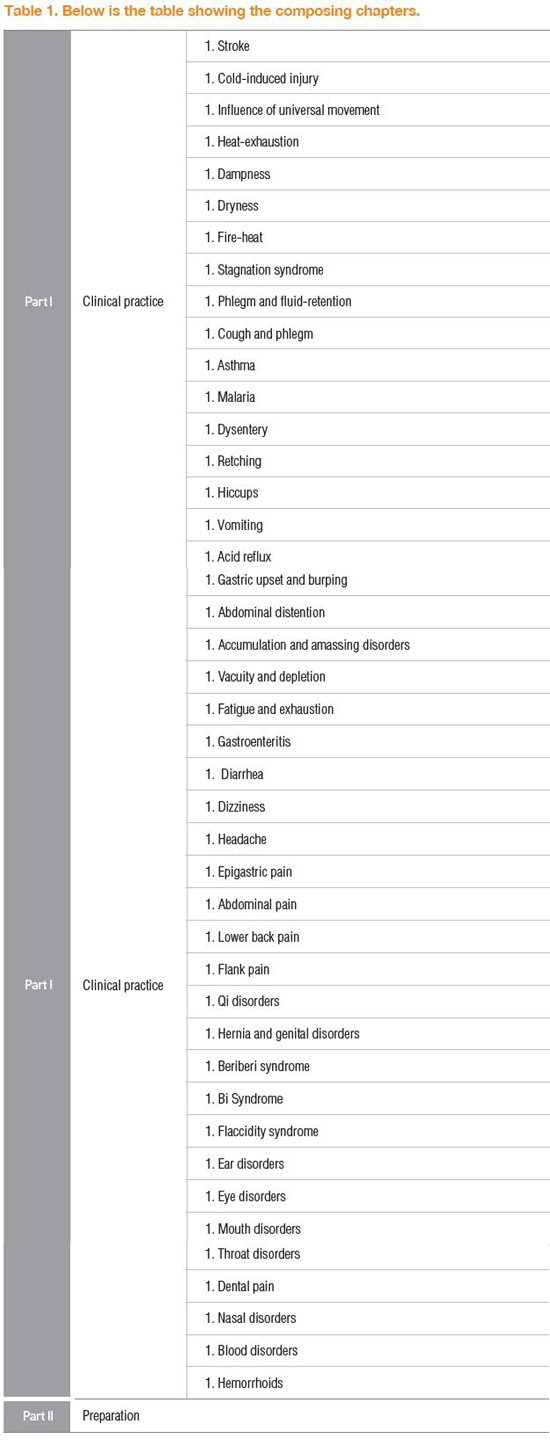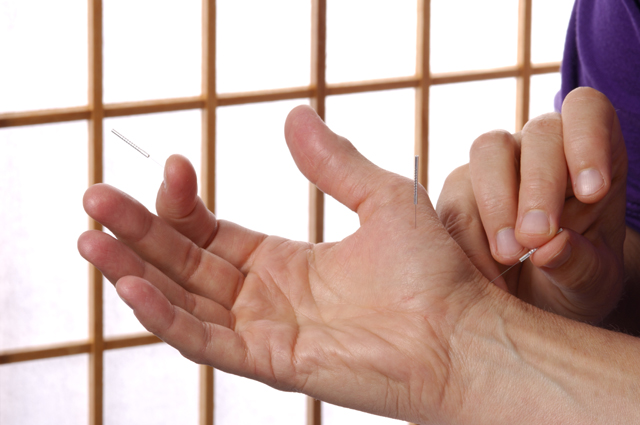Clinical Application of Korean Acupuncture
Written by
- Sanghoon Lee, KMD, MPH, PhD, DiplAc, LAc Professor, Department of Acupuncture and Moxibustion, College of Korean Medicine Kyunghee university
- Dongwoo Nam, KMD, PhD Assistant Professor, Department of Acupuncture and Moxibustion, College of Korean Medicine Kyunghee university
- Jeongmin Ko, KMD, Dr.Jeongmin Ko’s Korean Medicine Clinic (Inc.) All that Korean Medicine
- Hyojung Kwon, KMD, PhD (Inc.) All that Korean Medicine
- Seung Min Kathy Lee, KMD, PhD, Research Fellow Department of Acupuncture and Moxibustion, College of Korean Medicine Kyung Hee University
- Park Jun Hyeong, KMD, MS, Researcher, Department of Acupuncture and Moxibustion, College of Korean Medicine
Kyung Hee University
Published in December 2017 by Korean Society of Acupuncture & Moxibustion Society
1. Saam acupuncture, the four needle acupuncture
Four needles (or less) are used for one session of Saam acupuncture treatment. Basically there are four kinds of prescription: Jung-gyeuk(正格), Seung-gyeuk(勝格), Han-gyeuk(寒格), and Yeol-gyeuk(熱格) for each of twelve meridians. Each gyeok is composed of four acupuncture points: two acupuncture points that tonify, and two acupuncture points that sedate. The composing acupuncture points are located along the limbs. The points are selected based on the five phase theory. It is unique in that the pain area is not acupunctured directly. Acupuncture needles are also manipulated as to tonify or sedate each point.
Sometimes, one or two points may be not acupunctured for certain reasons. There are special theories for the selection of these points. Of the four the most commonly used is Jung-gyeuk(正格). There are also verified prescriptions(變方) which are widely used clinically.
2. Who is Saam Doin, the inventor of Saam acupuncture?
Saam was one of the three most prestigious doctors in the Joseon era with Huh-Joon and Lee Jema. He is said to have been practicing asceticism in a cave for thirteen years before he came up with his new acupuncture theory.
Saam was a monk. ‘Saam’ was a pen name, and historic studies have found that his name was “Hwang, Yeon-hak (黃延學)”, who was an acupuncture specialist in the era of Gwanghaegun of Joseon (1574~1641).
3. 「Saam Do-in’s Essentials of acupuncture and moxibustion (舍岩道人針灸要訣)」
This is a clinical book written by Saam Do-in. It was the first book to put Saam acupuncture into print, which was also accompanied by annotations upon publication. It is estimated to be written after 1644. It is composed of two parts: clinical practice and preparation. The clinical practice part deals with forty-three diseases dividing each disease by causes, recommending Saam acupuncture prescription with herbal medicine.
4. Saam acupuncture in the history of Korean medicine
Acupuncture in Korea has developed its own style and tradition independent of Chinese acupuncture. Formed in the middle of the Joseon dynasty, Saam acupuncture utilizes yin yang and the five phases theory to perform tonification and sedation of
the viscera and bowels. It is unique in that it not only deals with the self meridians, but also related meridians as well.
It is an acupuncture treatment strategy using the five phases of the five shu points to regulate the deficiency and excess of the viscera/bowels and meridians.
Saam acupuncture seems to have been affected by 『Donguibogam: 東醫寶鑑』 and 『Experiential Prescriptions in Acupuncture and Moxibustion: 鍼灸經驗方』 published in the middle of Joseon dynasty.
In the early 1980s, a Korean medicine doctor named Hong-Kyung Kim (pen name: 金烏 meaning Black crow) explored further into Saam acupuncture, and his efforts lead Saam acupuncture and its theory to fame. He leads a group of Korean medicine doctors to utilize Saam acupuncture in volunteering for the unprivileged.
5. Meaning of Saam acupuncture
Saam upgraded the previous tonification-sedation method within self-meridian(自經五行補瀉鍼法) by adding tonification-sedation method in other meridians (他經 補瀉法). It provides background for studies on acupuncture prescriptions based on five phases. It also provided further basis for studies on acupuncture based on five phases. In Saam acupuncture, acupuncture points that belong to five phases of wood, fire, water, metal, and earth are selected to be manipulated either as tonification or sedation, where not only the self meridian, but also the other meridians are manipulated as well.
Saam acupuncture is meaningful in acupuncture prescription point of view. In the Inner Classics, there was only acupuncture prescription of single points, later upgraded in the 『Difficult questions』 and 『On cold damage』 as acupuncture prescriptions.

Do-in’s Essentials of Acupuncture and Moxibustion (舍岩道人針灸要訣)」.

































